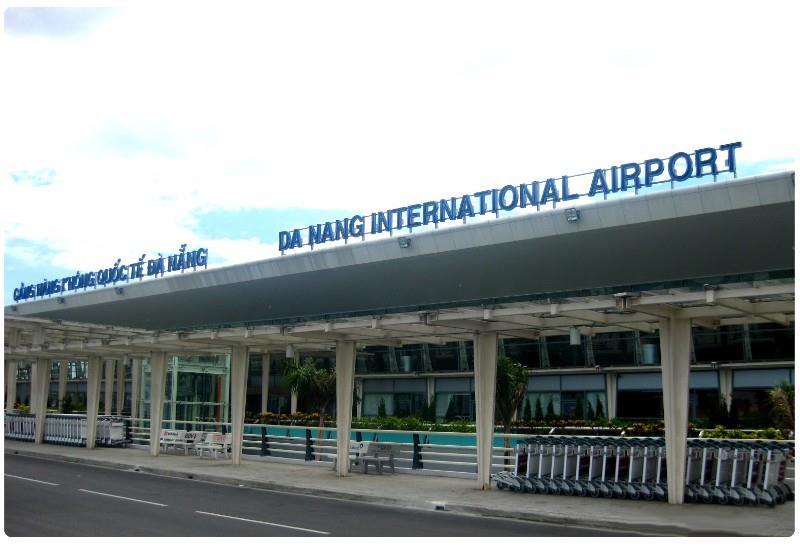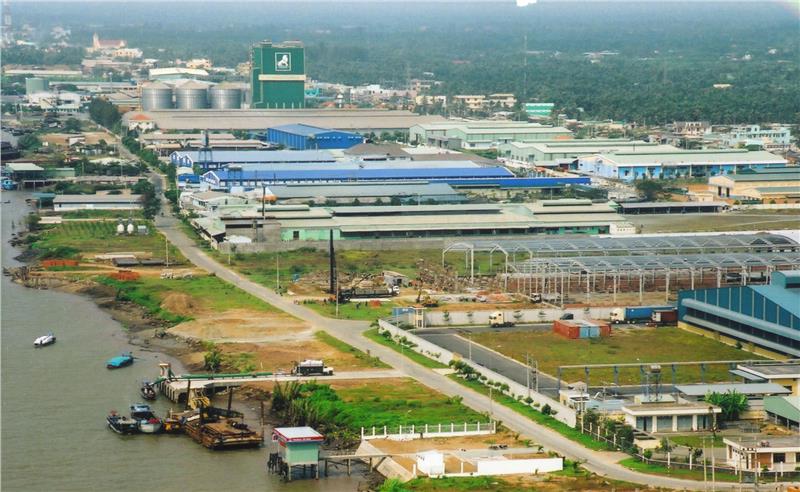Da Nang is one of the important keys of the South Central Coast economy. After the Vietnam War ended, the infrastructure of Da Nang kept almost intact but the industrial scale was still small and land along the city was deserted. Over the five-year plan from 1976-1980, the city gained achievements such as industry and handicrafts increased of 14.7%/year on average, 700 hectares of land were reclaimed. From 1981-1985, the industrial output of the city increased by 47% compared to 1982, the budget revenues in 1985 increased 5.3 times over 1983. However, the period from 1986-1990 witnessed the difficulties of the whole Vietnam economy, including Da Nang economy. The industrial output value was only 95.5 % over 1985, several units must dissolve, number of state enterprises dropped from 64 to 59. After 1991, the economy of the city gradually stabilized and grew. The average economic growth in the period from 1997 – 2000 increased 9.66%/year, was higher than the national average. After becoming the city under the central government, the average GDP in 1997-2000 increased 9.66%/year, the poverty rate fell from 8.79% in 1997 to more than 2% in 2000. In 2003, the total industrial output value of Da Nang accounted for 1.5% of the whole Vietnam economy, up from 1.31% in 1996. GDP of the city reached VND 4.822,3 billion, increasing 1.86 times over 1997.

The labor force of the city was 386.487 people in 2005, and increased to 462.980 people in 2010, accounting for 49.14% of the population. This is a source to guarantee for Da Nang economic development, especially the quality of labor is more and more increasing; the proportion of trained workers increased from 37% in 2005 to 50% in 2010. GDP of Da Nang reached VND 10.400 billion in 2010, VND 14.230 billion in 2012, an increase of 9.1% compared to 2011. Per capita GDP in 2011 was estimated at 2283 USD, increased 2.2 times compared to 2005 and 1.6 times the average rate of Vietnam. Total investment development in the city in 2012 was estimated at over VND 26 trillion. Total state revenue in 2012 was VND 6905.7 billion while in 2011 was VND 13668.26 billion.
The provincial competitiveness index (PCI) of Da Nang always headed in consecutive three years 2008, 2009 and 2010 and the city also headed of Infrastructure Index and ranked fourth on the investment environment. In the ranking of the Vietnam provincial competitiveness index in 2012, Da Nang ranked 12th in the 63 provinces. In 2011, Da Nang had 36 investment projects in foreign direct investment (FDI) new granted investment certificates with a total registered capital of $ 318.9 million. In 2012, the figure was 33 projects with total registered capital of $ 124.09 million, falling more than 60% compared to 2011.
With its position as the economic center of the Central region and Central Highlands, the economy of Da Nang is quite diverse including industry, agriculture, services, tourism and trade. The economic structure shifted towards increasing the density of services, industry and decreasing the proportion of agriculture. GDP in proportion of service sector in 2011 was 51%, industry - construction was 46%, and agriculture reached 3%.

The export turnover of industrial products continued to rise; the industrial production of the city in 2010 had the high growth rate, the industrial production value reached VND 12431.33 billion, up 14.35% compared to 2009. The central industrial production value was estimated at VND 5093.21 billion, an increase of 2.78% over the same period last year. The production value of the industry sector having foreign investment reached VND 2605.89 billion, up 37.69%.
Regarding the trading, the Da Nang city has 24 commercial centers and supermarkets. Total retail sales increased by 21.1% / year. Da Nang is the largest financial center in the Central Highlands; the city currently has 60 branches and 233 transaction offices, 55 commercial banks, a social policy bank, a finance company, a financial leasing company... The bank branches concentrate mostly on Nguyen Van Linh Street, so this street is also known as the “Wall Street” of the Central region.
Agriculture - forestry - fishery shift towards developing the marine economy, protecting forests and environment, in particular, increasing the proportion of fishery and livestock, reducing the proportion of forest exploitation and stabilizing the density of agriculture. The service sectors in Da Nang are more and more growing and contribute positively to the economic growth of the city. Da Nang has become one of the big commercial center and financial transaction, education-training and health center of the Central Highlands.

Trade sector is developing fast and comprehensively. The commercial GDP proportion always accounts for over 30% of GDP service sector. The total retail sales of goods and services in 2010 reached nearly VND 30.787 billion, increasing 14.59% against the same period last year. The commercial infrastructure of the city has been continuously investing and developing. Supermarkets and commercial centers are established turn as Bai Tho supermarket, Intimex, Big C…The export activity of Da Nang is increasingly prosperous, the export turnover in 2010 reached nearly $ 63 million, increasing 24.14%. The export market has been expanded to 93 countries and territories. The main export products of Da Nang are textiles, footwear, seafood, handicraft goods, coffee, wooden furniture, rubber tires…
In term of the import, the import turnover of the city tends to increase through the year. In 2010, the import revenue was $ 753.55 million, increasing 15.62% against the same period last year. The tourist services, transportation, postal-telecommunication, finance-banking, insurance, consulting…have the good development. The contribution of these sectors in the total GDP always reaches over 11%, in which the proportion of tourism stabilizes at 12.5 to 13.5%, the density of transportation, postal-telecommunication is always over 11.5% to 16%.
